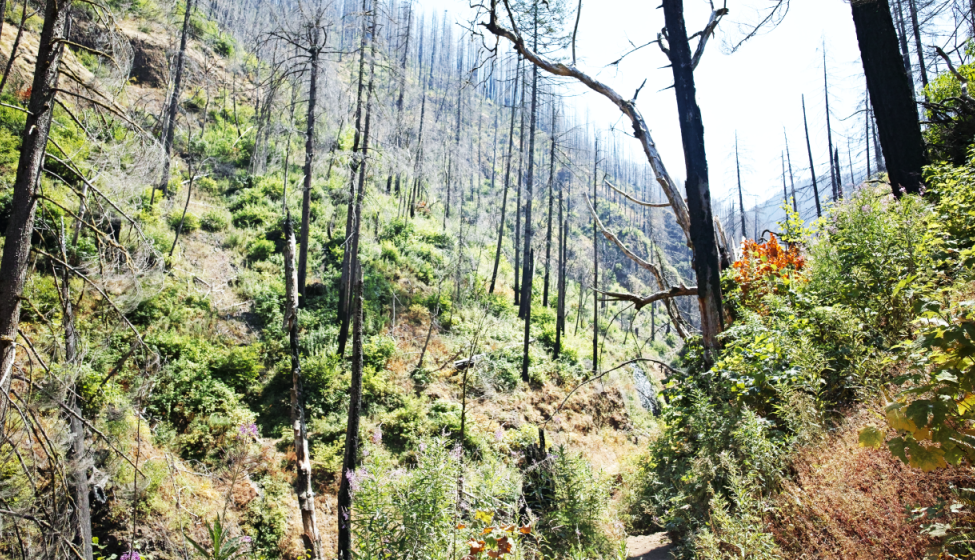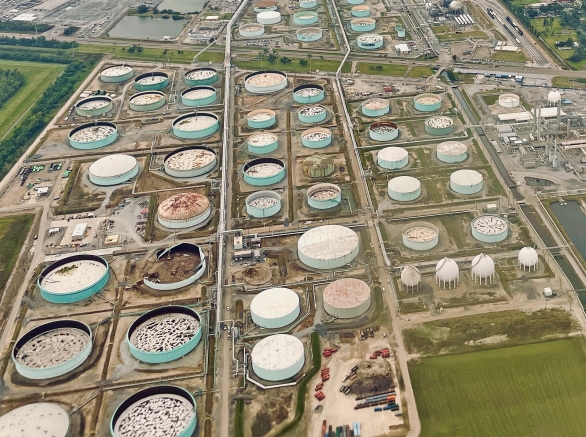June 22, 2022
The Soil Health & Climate Resilience Act requires utilities to perform climate change vulnerability studies & provide reimbursement for prolonged service outages
When Tropical Storm Isaias hit the Northeast in August of 2020, downing trees and power lines, more than 2 million homes and businesses in the region lost power. Although a state of emergency was declared, tens of thousands of New York homes and businesses remained without power a week later.
To help New Yorkers better prepare to endure and recover from future extreme weather events, the state legislature passed the Soil Health and Climate Resilience Act (S4824A) in June 2021. Signed into law on Dec. 22, 2021, the act, known as Chapter 786 of New York Law, went into effect on March 22, 2022. The purpose of the law is "to provide meaningful, defined compensation to customers of gas and electric corporations experiencing prolonged service outages and to require the submission of a detailed, forward-thinking climate change vulnerability study by utilities."
What the Law Means for Utility Providers
The law requires utilities to submit a climate change vulnerability study to the New York Public Service Commission by September 2023. Within 60 days of submitting the vulnerability study, utilities must also submit a climate resilience plan to the commission for approval (see section 29b). After a completed climate resilience plan is submitted, the commission has 11 months to approve it. Part B of the law requires gas and electric utilities to reimburse residential customers for service outages after an emergency event.
In addition, the new law includes the following provisions:
- At least every five years after approval of its climate resilience plan, the utility must file an updated plan with the commission for approval (section 29f).
- Utilities can make an annual filing to recover their costs in preparing a climate resilience plan in a charge separate and apart from their base rates (section 29g).
- Each utility shall establish a utility climate resilience working group no later than one year after the law takes effect. The working group must meet at least twice annually and comprise representatives from the Public Service Department, municipalities, customer advocacy groups, and energy and environmental advocacy organizations (section 29h).
- Each utility must provide a copy of its climate resilience plan to the chief executive for each county in its service territory (section 29i).
With U.S. electricity rates rising over the last decade, utilities are searching for ways to improve affordability while preparing and recovering from extreme weather events, maintaining reliability, and addressing aging infrastructure. Using a quantitative risk framework, utilities can quantify future climate vulnerabilities and prioritize their maintenance and capital projects based on their risk profiles. Such proactive risk-informed decisions improve utilities' rate cases and filings and aid in working with regulators to find innovative ways to improve affordability.
How Exponent Can Help
In addition to helping utilities develop a comprehensive climate change vulnerability study and climate resilience plan, Exponent can help clients integrate climate change into their resilience planning through transmission and distribution planning, as well as targeted undergrounding, flood mitigation, and asset hardening. Exponent developed a first of its kind rigorous quantitative framework for climate change risk based on principles from performance-based engineering that quantifies risk due to climate change to hundreds of utility assets.
We partner with clients to assess and reduce the risk of asset failure from extreme weather-related events by identifying vulnerabilities in their existing infrastructure and developing a robust, quantitative, predictive asset management program. Our team of engineers, data scientists, and other technical professionals was the first to apply quantitative risk modeling using Bayesian updating for management of distributed asset networks and to develop an asset modeling tool with degradation modeling to bolster asset resiliency against extreme weather. Our quantitative risk metrics help clients improve asset management by structuring a plan for timely asset repairs, replacements, and upgrades. Using preexisting data sets, we can also perform risk-informed operational assessments to help clients determine when it might be too risky to operate their equipment.



